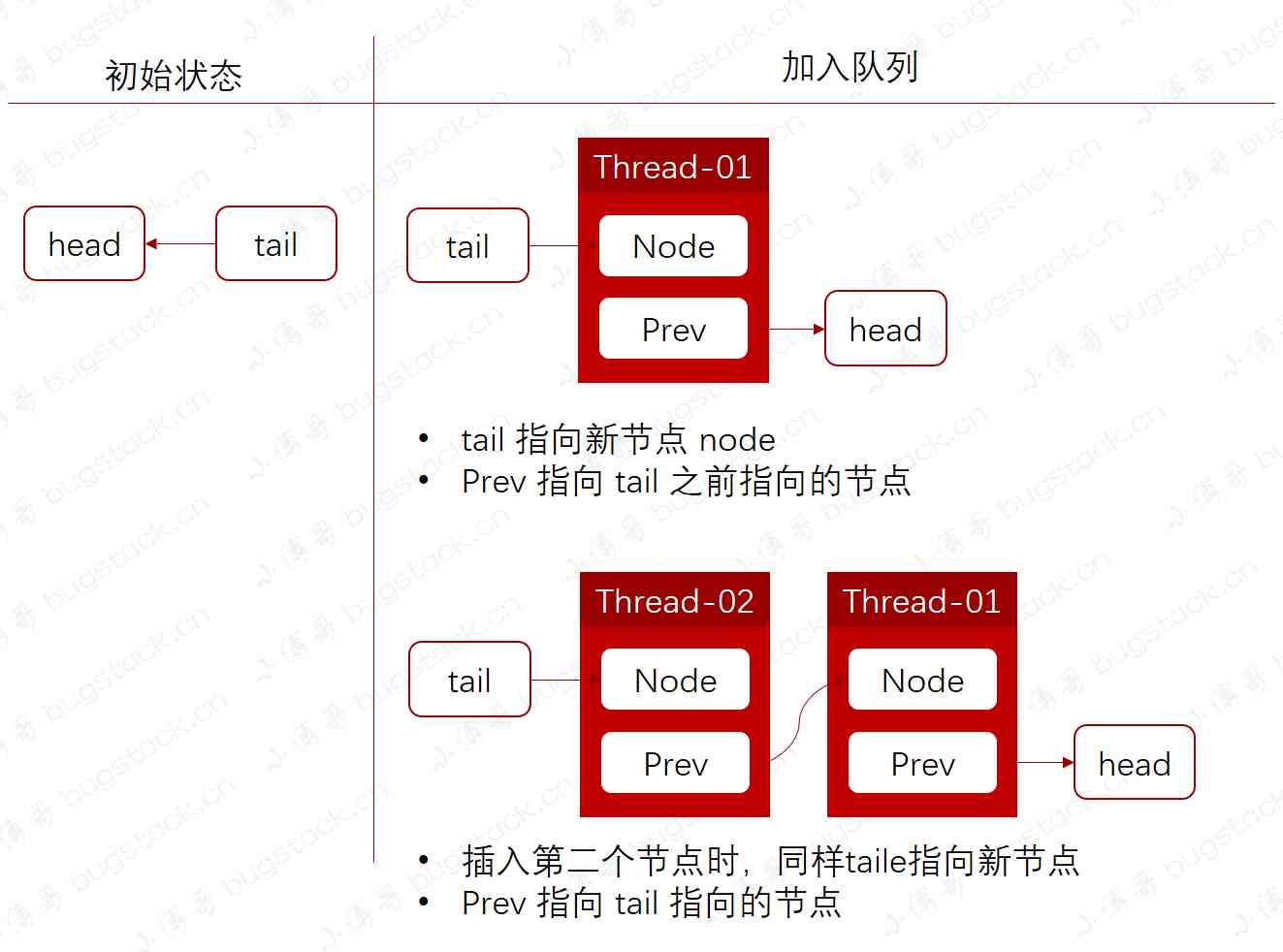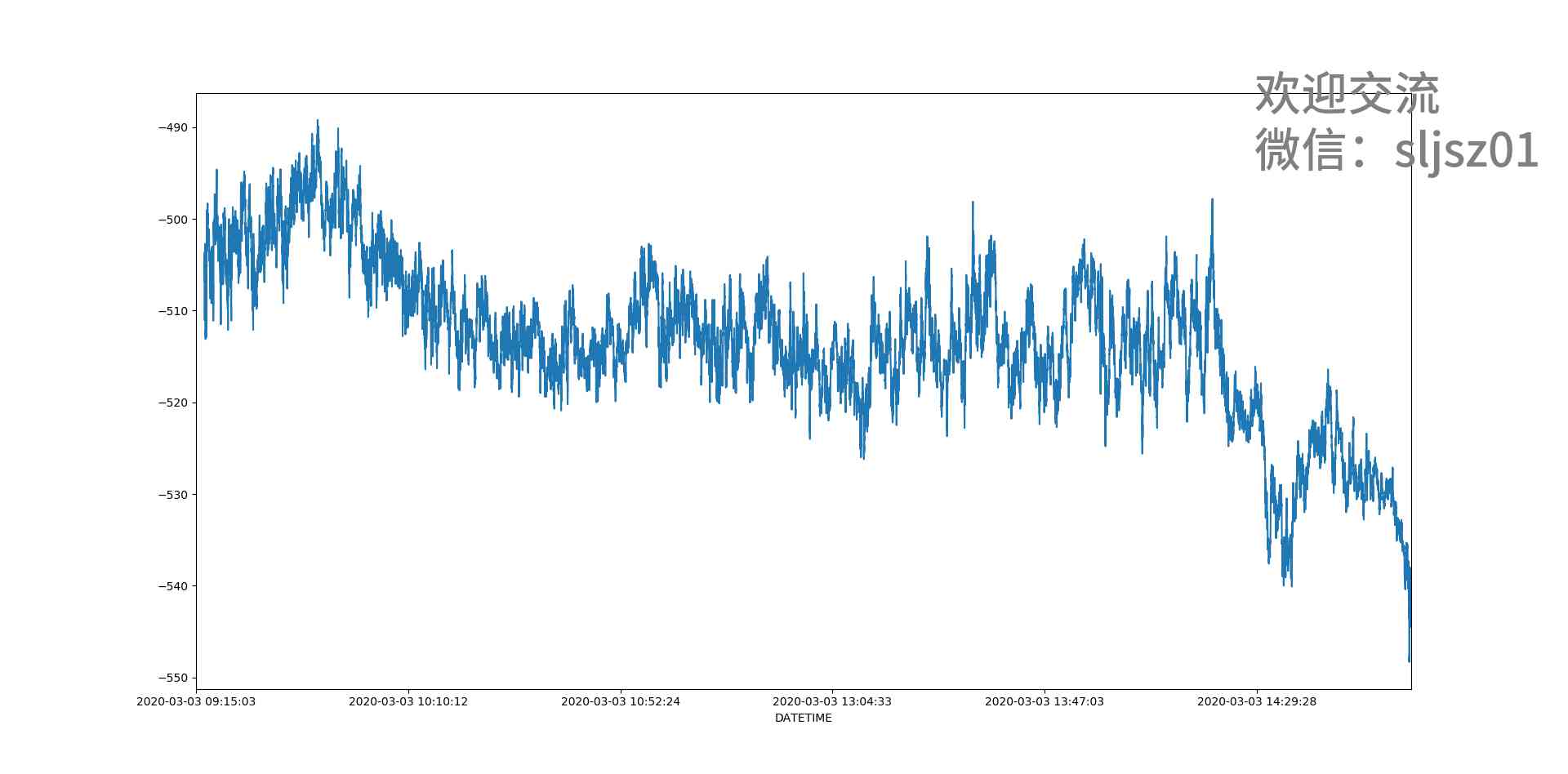当前位置:网站首页>How to get started with new HTML5 (2)
How to get started with new HTML5 (2)
2020-11-06 01:32:00 【itread01】
This article was originally created and launched by the technical team of grape city
Reprint please indicate the source : Official website of grape City , Grape city provides professional development tools for developers 、 Solutions and services , Enabling developer .
In the last article, we introduced HTML5 New content and basic page layout , This article will continue to introduce you in a broad sense HTML5 Another component of :JavaScript Data type .
JavaScript As a weakly typed language , The biggest feature is the dynamic type . That is, you don't have to declare the type of the variable in advance , While the program is running , The type is determined dynamically , And the type of the variable can be dynamically modified during the execution . At the same time, different types of variables will automatically carry out implicit type conversion . Here are some common examples of implicit conversion :
var foo = 2020; // typeof foo -> "number" var foo = "SpreadJS" // typeof foo -> "string" var foo = true + 1; // foo = 2 typeof foo -> " number" var foo = true + false; // foo = 1 typeof foo -> " number" var foo = '5' - '2'; // foo = 3 typeof foo -> " number" var foo = 20 + 20 + "SpreadJS" // foo = "40SpreadJS" typeof foo -> "string" var foo = "SpreadJS" + 20 + 20 // foo = "40SpreadJS" typeof foo -> " string"
According to the latest ECMAScript The standard defines the data type 8 Species :
Where is the primitive type :Boolean、Null、Undefined、Number、BigInt、String、Symbol And object types :object
Some knowledge about primitive types :
- The value of the original type is accessed by value
In other words, the assignment and modification of values are accomplished by means of value passing , Assigning or modifying values to variables reallocate space in memory .
for example :
var a, b, x, y; a = " SpreadJS"; b = " GrapeCity"; x = a; y = b; console.log(a, b, x, y); // result: SpreadJS GrapeCity SpreadJS GrapeCity
a and x, b and y The assignment between is a completely independent copy , They don't interfere with each other , If we change the value of any of these variables again , Other variables of the same value will not be affected .
- Strictly equal === And not strictly equal ==
For primitive types ,== Only compare the values , If it is a different type, it will be compared after conversion ,=== The data types are compared .
for example :
undefined === null //fasle undefined == null //true true === 1 //fasle true == 1 //true null == 0 //false
- Null and Undefined
null and undefined There is almost no difference in use , When using non strict equality comparison, the result is also true, The difference between them is that they have different literal meanings in numerical conversion ,undefined Represents undefined , The value is NaN, and null It's empty 、 When converted to a value, it is 0.
for example :
Number(undefined) //NaN Number(null) //0 1 + undefined //NaN 1 + null //1
Although there is little difference between the two , It will not be used strictly according to the above distinction , But in actual project applications , For the judgment of null value, both need to be considered .
- NaN
NaN namely Not a Number , Represents a non numeric type , Any and NaN The return value of the operation is NaN,NaN Not equal to NaN. There's a global approach isNaN(), Its function is to check whether a value can be Number() Successful conversion . If the conversion is successful , Just go back to false, Otherwise return true .
for example :
NaN == NaN; // fasle
isNaN('123') // false Can transform
isNaN('abc') // true Can't convert
- Floating point precision error
stay JavaScript in , Integers and floating-point numbers belong to Number Data type , All the figures are based on 64 Stored as a floating-point number , That is to say JavaScript There are no integers at the bottom ,1 and 1.0 It's the same .
Here are a few examples to illustrate :
// Add 0.1 + 0.2 = 0.30000000000000004 0.1 + 0.7 = 0.7999999999999999 0.2 + 0.4 = 0.6000000000000001 // Subtraction 0.3 - 0.2 = 0.09999999999999998 1.5 - 1.2 = 0.30000000000000004 // Multiplication 0.8 * 3 = 2.4000000000000004 19.9 * 100 = 1989.9999999999998 // division 0.3 / 0.1 = 2.9999999999999996 0.69 / 10 = 0.06899999999999999 // Compare 0.1 + 0.2 === 0.3 // false (0.3 - 0.2) === (0.2 - 0.1) // false
Things like this don't seem to be wrong , In some systems, especially those involving finance, it can be a serious problem , The reason for the error is not explained here , You can study it yourself , Let's just list the solutions briefly ,1. You can quote something like Math.js、decimal.js、big.js Such a class library .2. For systems that do not require high digital accuracy , Can be formatted and retained x To deal with .3. When calculating , The decimal part and the integer part are calculated separately and then combined , etc. .
What you need to know about reference types :
- The value of a reference type is accessed by reference
When working with objects , It's actually a reference to an object, not an actual object . Assignment to a variable changes the referential relationship of an object .
for example :
var obj1 = {a:1};
var obj2 = obj1;
obj1.a = 2;
console.log(obj2.a) // result: 2.obj1 and obj2 For the same object
obj1 = {a:3};
console.log(obj2.a) // result: 2.obj1 Point to a new object ,obj2 Unchanged
- Reference type === and == The same meaning is the comparison of quotation
Whether it is the same object , Non strict equality between types == For comparison of type conversions, please refer to the following table
|
|
|||||||
| Undefined |
Null |
Number |
String |
Boolean |
Object |
||
| It's worth comparing A |
Undefined |
true |
true |
false |
false |
false |
IsFalsy(B) |
| Null |
true |
true |
false |
false |
false |
IsFalsy(B) |
|
| Number |
false |
false |
A === B |
A === ToNumber(B) |
A=== ToNumber(B) |
A== ToPrimitive(B) |
|
| String |
false |
false |
ToNumber(A) === B |
A === B |
ToNumber(A) === ToNumber(B) |
ToPrimitive(B) == A |
|
| Boolean |
false |
false |
ToNumber(A) === B |
ToNumber(A) === ToNumber(B) |
A === B |
ToNumber(A) == ToPrimitive(B) |
|
| Object |
false |
false |
ToPrimitive(A) == B |
ToPrimitive(A) == B |
ToPrimitive(A) == ToNumber(B) |
A === B |
|
Type detection
JavaScript There are a lot of methods for medium-sized detection , There are, for example :typeof、instanceof、Object.prototype.toString、constructor、duck type These kinds of .
Although there are many ways , But there are two ways to judge :1 Judging by data type 2 Judging from the constructor .
-
typeof
typeof You can determine the data type , According to the previous Introduction ,javascript Variable types are divided into value type and reference type ,typeof Application scenarios can only distinguish data types of value types , for example :
typeof 42 // "number"
typeof {} // "object"
typeof undefined // " undefined"
-
instanceof
and typeof The same thing ,instanceof The data type used to determine the reference type .
Example :
(function(){}) instanceof Function
Others Object.prototype.toString、constructor、duck type, I will not introduce them all here .
In understanding JavaScript After the basic data type knowledge of , We will continue to introduce CSS Related content .
&n
版权声明
本文为[itread01]所创,转载请带上原文链接,感谢
边栏推荐
- vue-codemirror基本用法:实现搜索功能、代码折叠功能、获取编辑器值及时验证
- Building and visualizing decision tree with Python
- How to become a data scientist? - kdnuggets
- What to do if you are squeezed by old programmers? I don't want to quit
- Lane change detection
- Flink的DataSource三部曲之一:直接API
- 一篇文章带你了解CSS对齐方式
- The difference between gbdt and XGB, and the mathematical derivation of gradient descent method and Newton method
- How to encapsulate distributed locks more elegantly
- Python download module to accelerate the implementation of recording
猜你喜欢

Filecoin的经济模型与未来价值是如何支撑FIL币价格破千的

What to do if you are squeezed by old programmers? I don't want to quit

Music generation through deep neural network

NLP model Bert: from introduction to mastery (1)

一篇文章教会你使用HTML5 SVG 标签

ES6学习笔记(五):轻松了解ES6的内置扩展对象

TensorFlow中的Tensor是什么?

Face to face Manual Chapter 16: explanation and implementation of fair lock of code peasant association lock and reentrantlock

I'm afraid that the spread sequence calculation of arbitrage strategy is not as simple as you think

I think it is necessary to write a general idempotent component
随机推荐
[Xinge education] poor learning host computer series -- building step 7 Simulation Environment
Interface pressure test: installation, use and instruction of siege pressure test
Python基础数据类型——tuple浅析
What is the side effect free method? How to name it? - Mario
Python基础变量类型——List浅析
React design pattern: in depth understanding of react & Redux principle
Introduction to quantitative investment and Trading (Python introduction to financial analysis)
Elasticsearch数据库 | Elasticsearch-7.5.0应用搭建实战
有了这个神器,快速告别垃圾短信邮件
use Asponse.Words Working with word templates
Common algorithm interview has been out! Machine learning algorithm interview - KDnuggets
Did you blog today?
Vite + TS quickly build vue3 project and introduce related features
How to use Python 2.7 after installing anaconda3?
Brief introduction of TF flags
前端工程师需要懂的前端面试题(c s s方面)总结(二)
DRF JWT authentication module and self customization
It is really necessary to build a distributed ID generation service
Linked blocking Queue Analysis of blocking queue
Analysis of etcd core mechanism